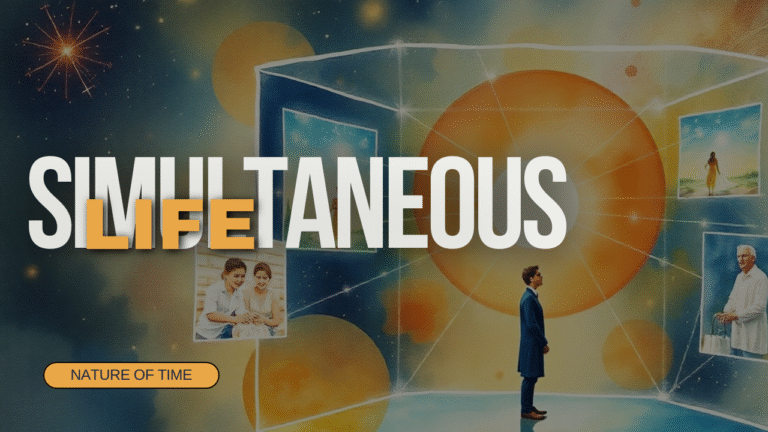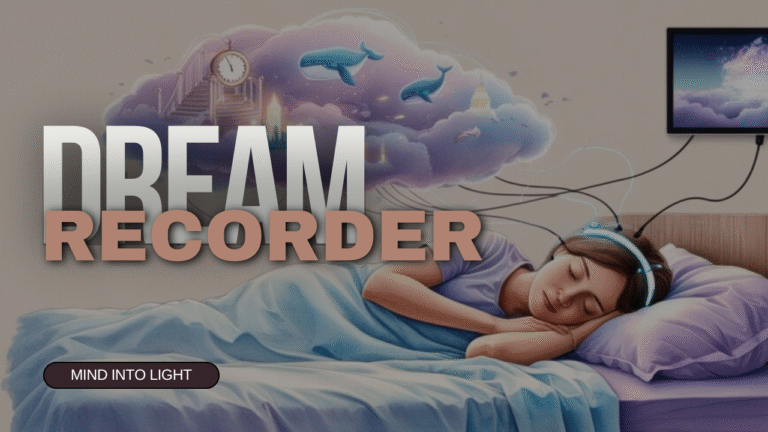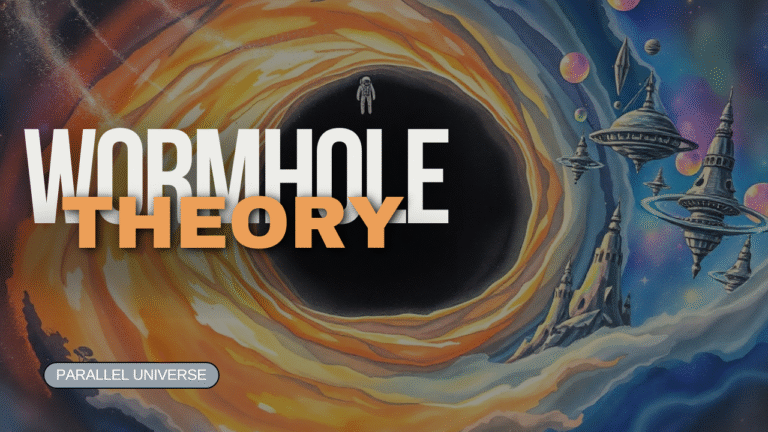What If We Could Alter Dreams in Real Time 2025
What If We Could Alter Dreams in Real Time 2025
Let’s imagine this for a moment — you’re asleep, dreaming you’re late for an exam you never studied for, when suddenly you realize, “Wait… this is a dream,” and with just a thought, you turn that stressful scene into a beach vacation with zero responsibilities. Sounds like sci-fi, right? But in 2025, this concept of altering dreams in real time is creeping closer to the edge of possibility. So, what happens if we truly gain the power to reshape our dreams while we’re having them?
Let’s dive in — eyes closed, minds open.
The Science Behind Dreams (Before We Try to Hijack Them)
Dreams mostly happen during a phase of sleep called REM (Rapid Eye Movement), where the brain is active but the body is chilled out. During this phase, your brain is firing like crazy — replaying memories, mashing up ideas, working through stress, or just creating weird stories. But here’s the twist: although we’re unconscious, part of our brain is still aware. That’s where lucid dreaming comes in.
Lucid dreaming is when you’re dreaming but you know you’re dreaming. Some people even manage to control their dreams — flying, fighting dragons, or chatting with dream versions of their friends. But this usually takes practice. What if technology could make that easier — even automatic?
Where Technology Comes In
In 2025, brain-machine interfaces, wearable sleep trackers, and neurostimulation devices have all advanced in big ways. Scientists are experimenting with headbands, smart EEG patches, and even sound-based cues that can influence what we dream about — without fully waking us up.
Researchers have already shown that it’s possible to:
- Induce specific types of dreams by playing subtle sounds or smells during REM sleep
- Use tactile feedback (like tiny vibrations) to trigger lucidity
- Train the brain through apps and visual cues before sleep to recognize when a dream is happening
So, real-time dream editing isn’t just fantasy anymore — it’s in early testing phases.
🔗 External Link: Learn more about lucid dreaming on Wikipedia:
https://en.wikipedia.org/wiki/Lucid_dream

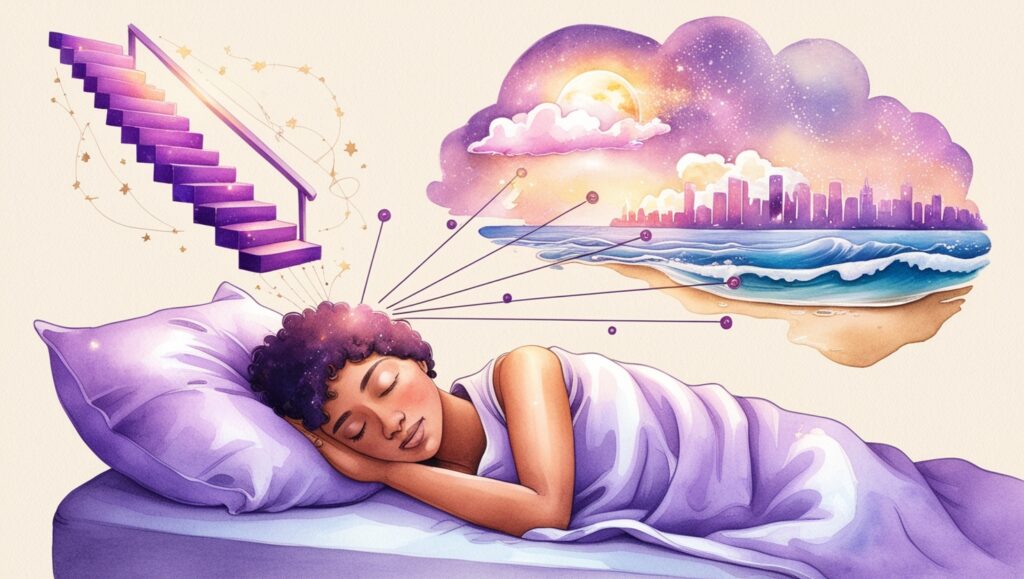
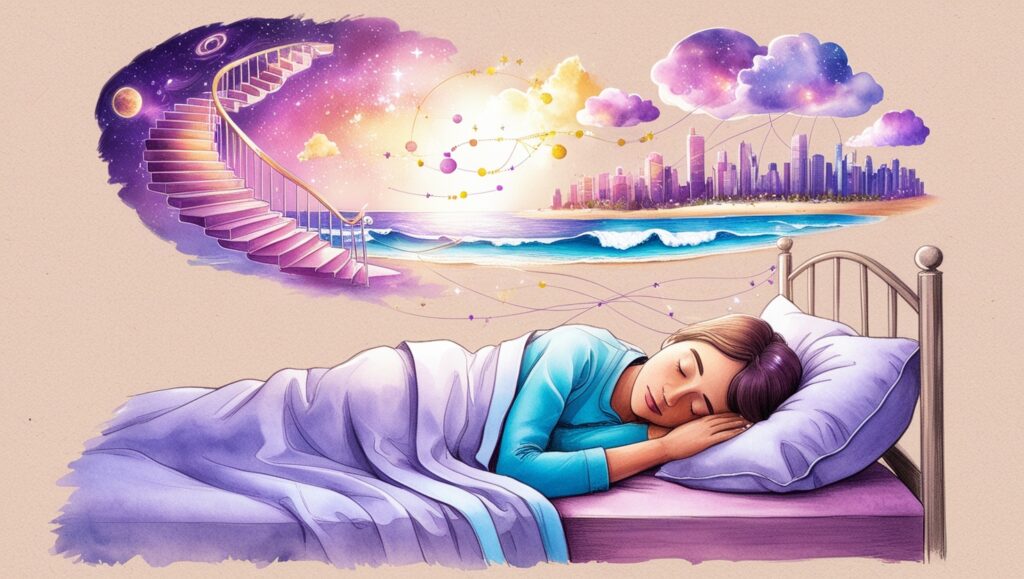
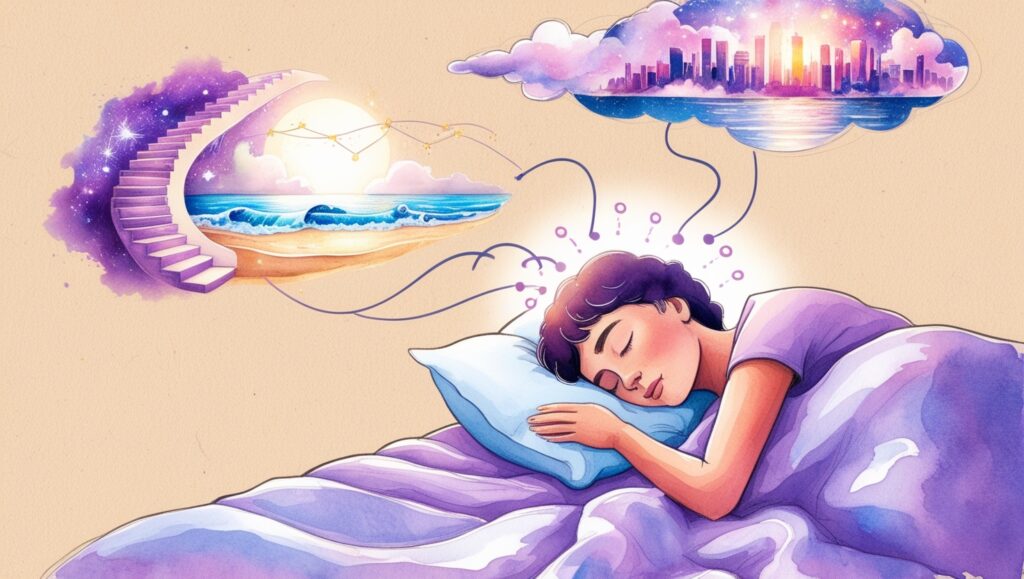
What Would Real-Time Dream Control Feel Like?
Let’s say you’re wearing a dream-altering device. It senses when you enter REM sleep and activates a light sequence or soft audio cue. Suddenly, you realize you’re in a dream. You decide to switch the dream’s setting — and just like that, your subconscious follows your lead.
It could feel like:
- Being the director of your own mental movie
- Solving emotional problems in dream form
- Rehearsing speeches or facing fears (without real-world consequences)
It might sound a bit wild, but imagine how helpful that could be for people with PTSD, anxiety, or recurring nightmares. Instead of being trapped in those dreams, they could shape them into something less scary — even healing.
Could We Use This for Therapy?
Absolutely. Psychologists are already exploring lucid dreaming therapy. If dream-altering tech becomes accurate and safe, we might see:
- Personalized dream scripts for trauma processing
- Rewiring of phobias through dream exposure
- Improved emotional regulation and resilience
Imagine being guided by a therapist — or maybe even an AI — while asleep, coaching you gently through emotional triggers. You wake up, not drained from a nightmare, but actually feeling lighter.
But… Is There a Dark Side?
Of course, with any powerful tech, there are potential downsides:
- Dream manipulation could mess with memory consolidation
- Overuse might lead to poor sleep quality or dependence
- Ethical questions arise: Who controls the tech? Who has access to your dream data?
If dreams become programmable, does that mean they can be commercialized? Could ads show up in dreams someday? (We know — yikes.)
Could We Share Dreams Too?
That’s the sci-fi stretch goal, right? If we can influence dreams, could we link two dreamers? Scientists are exploring “brain-to-brain” communication through neural devices, so in the future, two people might be able to dream together — or at least influence each other’s dream content.
Couples dreaming side-by-side, or even group dream sessions — it sounds bizarre, but tech is moving fast, and the brain is more hackable than we once thought.
Where This Could All Lead
Dreams have always been private, mysterious spaces. But in 2025, we’re starting to treat them as something we can access, alter, and maybe even design. That brings endless possibilities — for healing, for creativity, and yes, for some straight-up weirdness.
We’re not there yet, but the building blocks are in place: brain sensors, wearable tech, sleep research, and growing public interest. If the trend continues, the idea of editing your dreams might be as normal as setting a sleep playlist.
Check Out More From Our Blog:
- What If Dreams Could Be Recorded and Played Back 2025
https://edgythoughts.com/what-if-dreams-could-be-recorded-and-played-back-2025 - What If We Could Merge Minds via Quantum Networks 2025
https://edgythoughts.com/what-if-we-could-merge-minds-via-quantum-networks-2025
